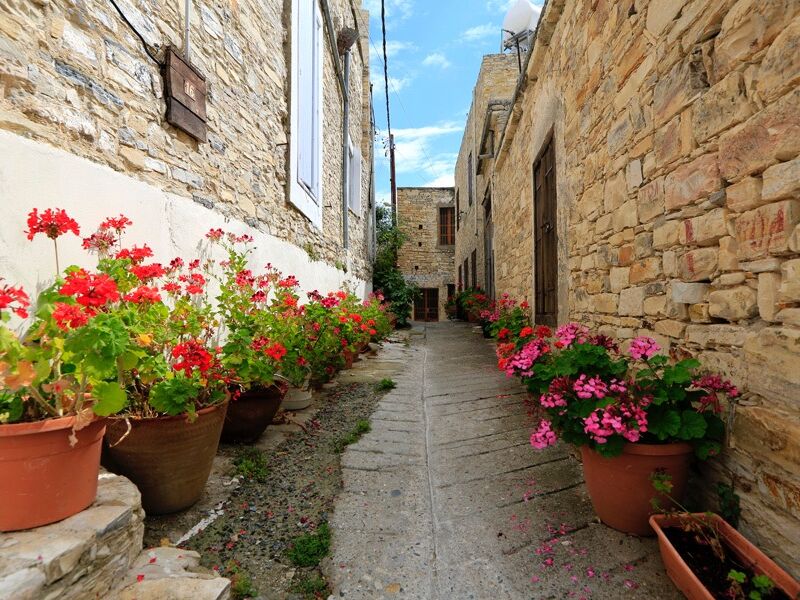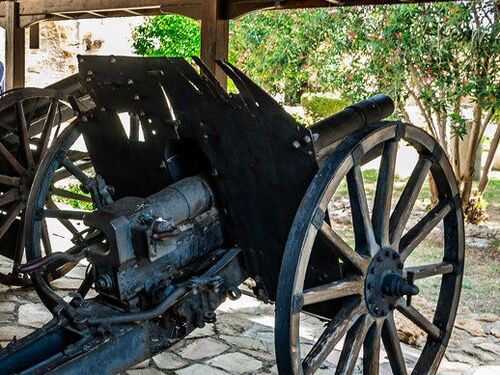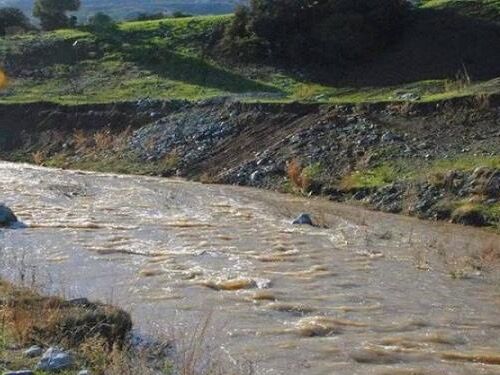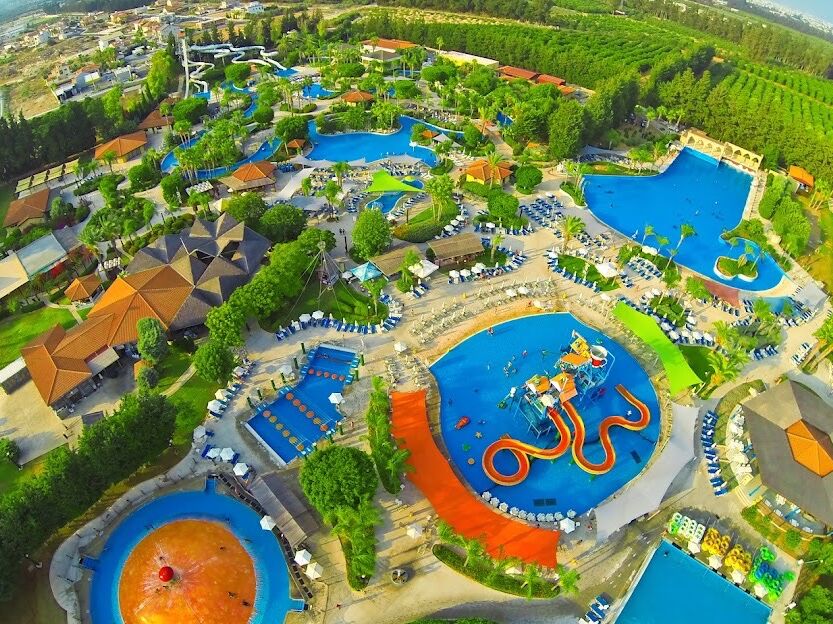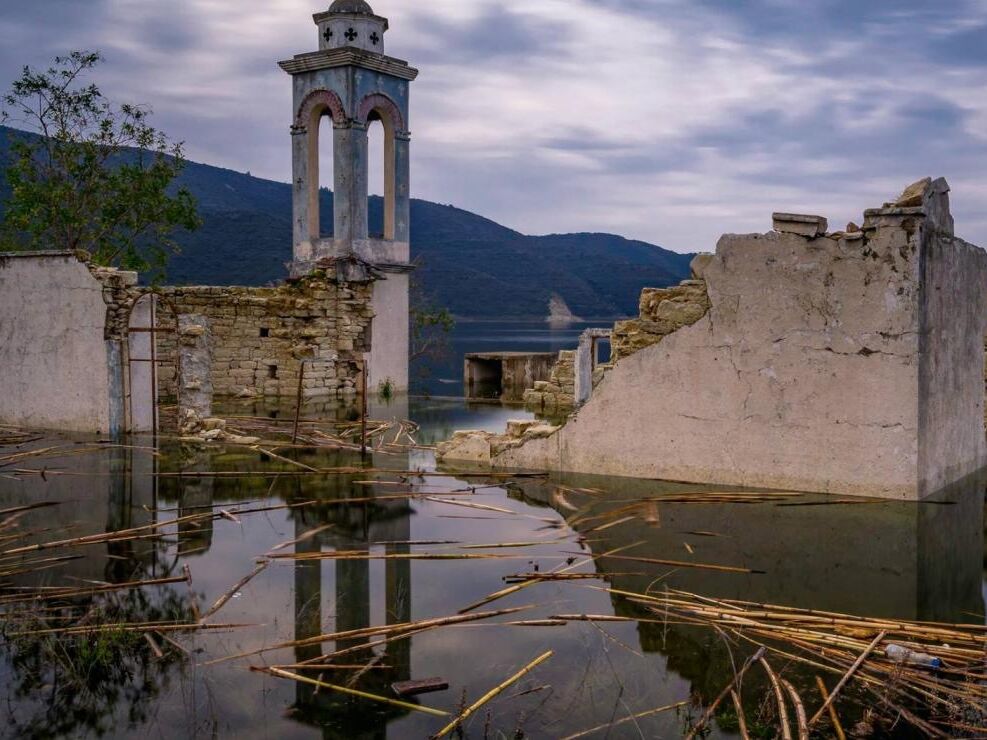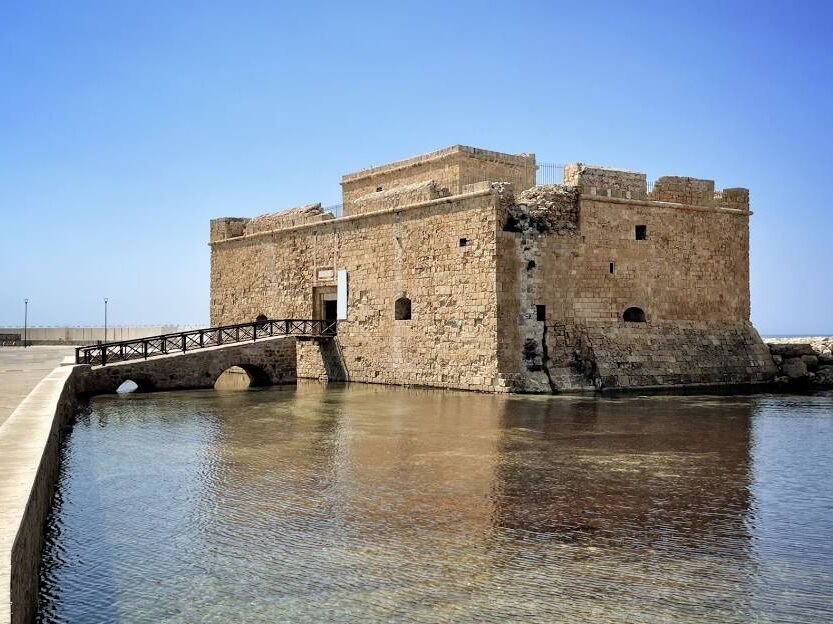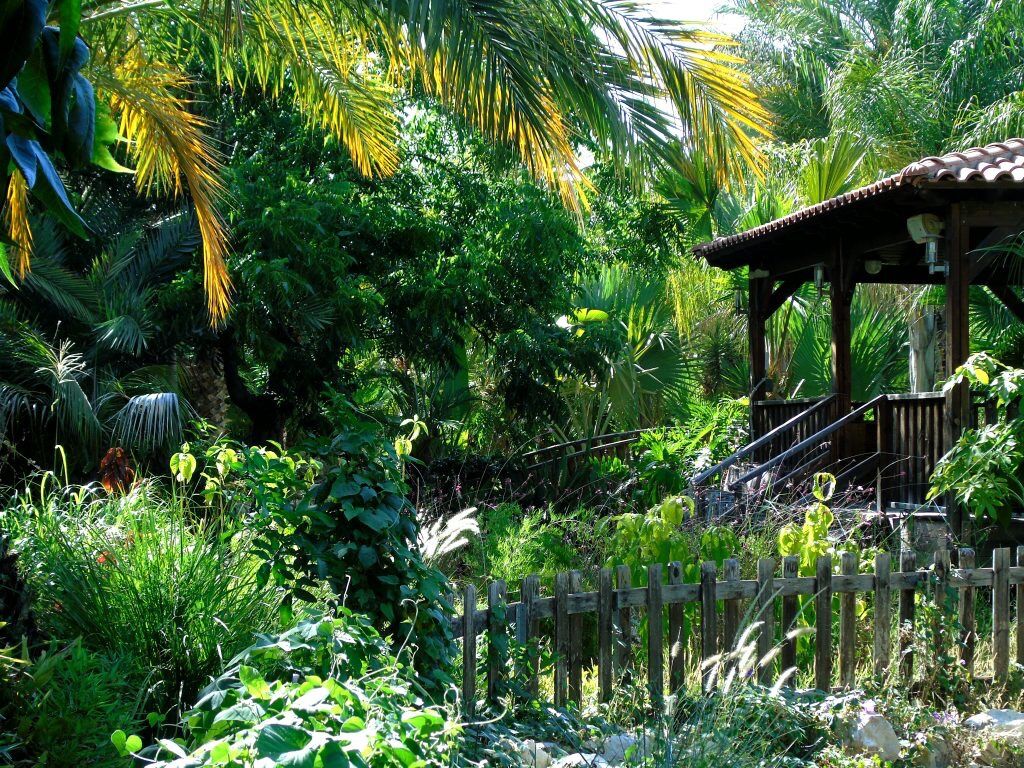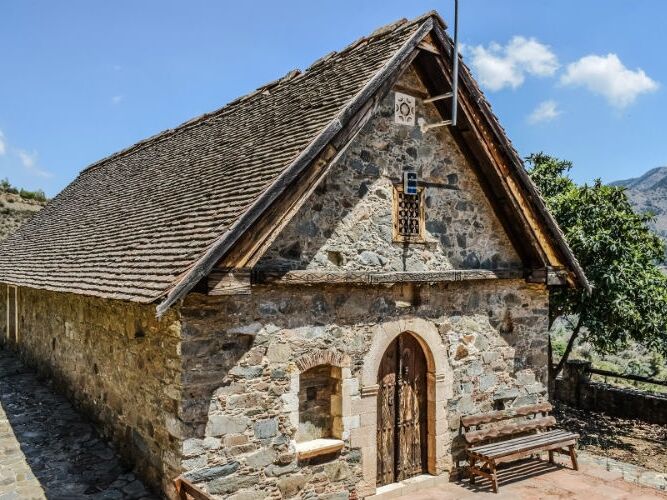
Marlene & Ermos
Marlene & Ermos
Things to Do
Lefkara Village
Home of the world-famous Lefkara Lace (Lefkaritika), and filigree silver, this picturesque village sits on the foothills of the Troodos mountain range, in the south-eastern region of the island.
Lace-making in Lefkara is a way of life, and upon entering the village you will be greeted by shop windows dressed in all types of products made from lace, from umbrellas to tissue box covers. This ancient tradition, dating back to the 14th century. It is influenced by the embroidery of Venetian nobles, who ruled the island in 1489 as well as ancient Greek and Byzantine geometric patterns.
Visitors can learn all about craft, at the Lefkara Handicraft Centre, the Museum of Traditional Embroidery and Silversmithing, and various workshops. Legend has it that the famous painter, Leonardo da Vinci himself visited the village in 1481 and bought a lace altar cloth, which he donated to Milan cathedral.
The character of the village is very picturesque with its narrow, winding streets and traditional architecture of old, terracotta-roofed houses. It is also included as one of the stops on the island’s 7th Wine Route that encompasses the area of mountainous Larnaka – Nicosia.
Salt Lake: A Protected Habitat
The second largest salt lake in Cyprus, the Larnaca Salt Lake is one of the most important habitats for waterfowl in Europe. The lake is actually one of four lakes in Larnaca. Together, with Lake Orphani, Lake Soros and Airport Lake, the lakes collectively cover a total area of 1.761 hectares (17,610m²).
As the lake fills with water and becomes rich in nutrients during the winter months, thousands of migrating birds like the including the Greater Flamingo stop over from between the months of November to March, feeding on tiny brine shrimp. When food reserves run out, the birds then continue their journey towards Africa.
The salt lake was declared a protected area under Cypriot law and is a European Ramsar and Natura 2000 site.
Visitors can explore a four kilometre linear nature trail that leads up to the old aqueduct of Kamares. Important trees, shrubs and flowers is signposted with information along the way.
Larnaca Fort
At the end of the palm-tree-lined promenade Finikoudes in Larnaca stands the medieval fort dating back to the rule of the Lusignan King James I (1382-1398).
King James built the fort to protect the town’s harbour and its trade activities after the Genovese occupied the nearby Famagusta port. While some eighteenth-century sources insist that the fort was built by the Turks in 1625, it is well documented that a Turkish garrison had been stationed there since 1570. Other references by travellers confirm that the fort was constructed before 1625.
After the end of the Ottoman era in Cyprus, the British converted the fort into a prison and used it during the first years of their rule. The western chamber of the ground floor in the east was used to execute prisoners. The gallows, which must have been constructed in the room, were in use until 1948.
Today, the fort houses the small Larnaca Medieval Museum in three rooms, exhibiting artefacts from the Early Christian period (the fourth through the seventh centuries) to the Ottoman period (eighteenth and nineteenth centuries).
Kyparissia - Yermasoyia Dam Nature Trail
The Linear trail in Limassol begins around 3km from the main Parekklisia-Kellaki road and offers panoramic views of the Yermasoyia dam.
This trail has a shorter route that is 3.7km long and is estimated to take approximately one and a half hours, while the longer route runs for 11km and take approximately 3.5 hours.
Hikers will walk along the Kyparissia River and then follow the trail that runs through a forest of Cypress trees.
Plant-enthusiasts will see a number of endemic species, including the entire-leave horehound, Kakomallis Alison, thyme, shrubby knapweed, and the Cyprus Yellow Sun Rose.
You can also observe a variety of animal species along the trail including the Bonelli’s eagle, wood pigeon, partridge, the Cyprus warbler, the Cyprus wheatear, and fox, hare, and hedgehogs.
village of Ayia Marina
The Ayia Marina dam, near Polis Chrysochou, is 33 metres deep and 116 metres wide, and is used to supply farming land in the area.
The town is located a short drive from Polis Chrysochou, the larger town of the Akamas peninsula. The town has a number of restaurants and activities for visitors.
It is surrounded by woodland, and is a great place to spot some of the unique flora and fauna of the island.
The journey from Polis to the village is considered to be one of the most beautiful on the island, so take your time on your drive, and take in the verdant landscape. You will be treated to stunning views of the sea that unfolds to the left, and the lush Paphos forest that rises up on the right.
Kouris Dam
As the dams in Cyprus have filled, social media has also filled with images of the various locations around the island, that have turned green and blossomed to welcome Spring.
One of the dams though just outside of Limassol has drawn interest, as pictures appeared with a church bell tower sticking out of the water. The Kouris dam as it is known, does have the remains of a church in it, and when it begins to fill with water, only the bell tower is visible.
According to SigmaLive, who spoke with the mayor of the town Alassas, the church is the only remnant of the eponymously name old town that was once there.
The mayor, Aimilios Ttofallis said that the church is that of Saint Nicholas, and that for a period of ten years the town was moved to higher ground as the dam to be built in the area.
Alassas lied between the Zyhou and Kouris rivers, and from 1985 to 1995, the residents were moved, and the homes were demolished. The only building to not be demolished was the church.
After heavy rainfall in 2012, the church’s interior and structure was destroyed, but the bell tower remained, creating the scene that exists today.
Paphos Castle
Paphos Castle is located at the western end of the city port. It was originally a Byzantine fortress built to protect the port.
Eleouthkia Traditional, Botanical and Entertainment Park
Nicosia’s Rural Villages
Lazania Village
One of the smallest villages of Nicosia, Lazania is very quaint and has seen very little development since yesteryear. Its winding cobbled streets bring you through the village which is divided in two by the main road crossing it.
It’s impossible to miss the village’s church, which is of imposing beauty and significant archaeological value. The church of Ayios Georgios dates back to the beginning of the nineteenth century and is one of the most important reasons why somebody should visit this village.
